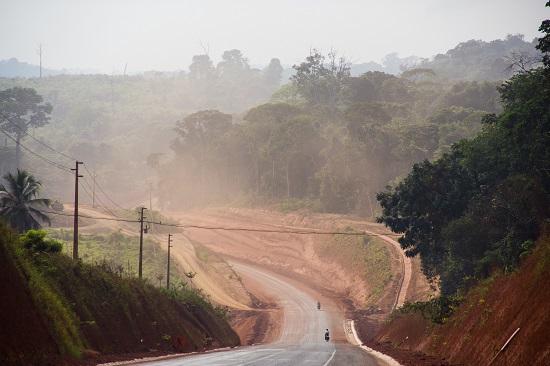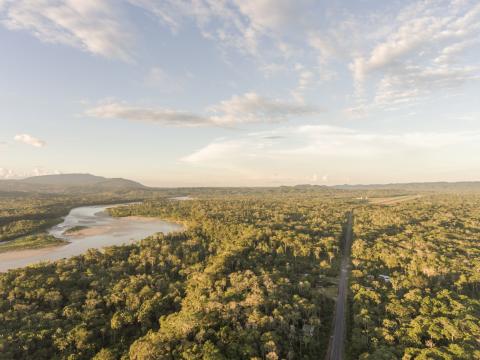Smart Road Development in the Amazon

Road in Brazil. Photo credit: Pedarilhos/Shutterstock.com.
CSF has been working with the Moore Foundation, IPAM, and FCDS to identify the relative riskiness of planned roads in the Amazon basin in terms of economic, social and environmental costs. Our goal is to promote better infrastructure decision-making in Bolivia, Brazil, Colombia, Ecuador, and Peru by contributing reliable data to the national road planning process.
In October, we presented the preliminary results of our analysis to our NGO partners, government officials, and representatives from development banks. And in November, we set off on a roadshow to present our final results in each of the five countries studied. At each presentation, we reviewed both the regional results as well as the country-specific results.
At the regional level, our study demonstrated that half of the road projects planned from now until 2020 are not economically viable, even without including the social and environmental costs the project would incur. These risky projects will not only cause deforestation, disrupt water flows, and threaten indigenous communities, but will also lose money. The other half of the proposed road projects will generate similar social and environmental impacts, but are economically feasible. Therefore, we recommend in-depth analysis of each of them to demonstrate that the income generated outweighs the total cost, including environmental and social costs.
After looking at 85 roads in the Amazon basin, we determined that there are a lot of road projects that are bad for both the environment and the economy. There is an opportunity for everyone to win by taking these projects off the table entirely. For the remaining roads, each country will have to determine how much environmental damage they are willing to accept for the sake of economic development. Incorporating economic data, like that provided in this work, into the decision-making process creates space for informed and better choices.
We identified a set of less-risky projects that will generate more in net benefits to the economy, benefit more people, and result in less deforestation than the more-risky projects. This information is critical in determining which roads make sense and which do not. In 2019, we will publish the results of our study and host a regional event. We will continue to work at the planning level to help governments and development banks chart a wiser path towards sustainable development.
- Log in to post comments

